In Japan, mealtimes are rituals. From the first sip of tea to the final grain of rice how you eat matters just as much as what you eat. Among the most iconic tools of Japanese cuisine are ohashi (お箸) chopsticks.
Used every day by millions, chopsticks might seem simple at first. But in Japanese society they come with a long list of unspoken rules. Knowing how to use chopsticks properly is a mark of cultural literacy.
This in-depth guide will walk you through everything from taboos to technique, offering a powerful understanding of what Japanese chopstick etiquette really means and how to embody it.
The Do's and Don'ts of Chopstick Etiquette in Japan
While some customs may vary by region or formality there are widely accepted standards of chopstick etiquette that should be followed by anyone wishing to show respect and cultural sensitivity in Japan.
25 Behaviors to Avoid with Chopsticks
Below is a master list of faux pas each one has a name, a story, and a reason behind it. Knowing these rules not only prevents embarrassment but also demonstrates your care for tradition.
- Tate-bashi (立て箸) – Sticking chopsticks vertically into rice. This mimics a funeral ritual. Never do this during a meal.
- Utsushi-bashi (移し箸) – Passing food from one set of chopsticks to another. Symbolically associated with cremation ceremonies.
- Mogi-bashi (もぎ箸) – Rubbing disposable chopsticks together implies they’re cheap and is seen as rude.
- Sashi-bashi (指し箸) – Pointing at people or things with chopsticks is considered aggressive.
- Yoji-bashi (宙箸) – Hovering indecisively over dishes conveys greed.
- Yose-bashi (寄せ箸) – Dragging plates toward yourself with chopsticks is improper.
- Saguri-bashi (探り箸) – Digging through food for your preferred piece is selfish.
- Mayoi-bashi (迷い箸) – Indecisive movement between dishes appears unfocused.
- Tataki-bashi (叩き箸) – Tapping or drumming on bowls with chopsticks is disruptive.
- Neburi-bashi (ねぶり箸) – Licking your chopsticks is considered unclean and improper.
- Chigiri-bashi (ちぎり箸) – Using chopsticks to tear food apart looks uncultured.
- Soroebashi (揃え箸) – Aligning chopsticks to trap or poke food should be avoided.
- Watashi-bashi (渡し箸) – Placing chopsticks across a bowl indicates you're done eating.
- Yoko-bashi (横箸) – Holding a dish with one chopstick or crossing chopsticks signifies bad manners.
- Kami-bashi (紙箸) – Mishandling the wrapper of disposable chopsticks shows carelessness.
- Mochi-bashi (持ち箸) – Holding food while gesturing interrupts the flow of the meal.
- Hasami-bashi (挟み箸) – Picking up food while holding a bowl in the same hand is improper.
- Kaki-bashi (かき箸) – Shoveling food into your mouth breaks the refined rhythm of eating.
- Tsubuse-bashi (つぶせ箸) – Squashing food to pick it up is frowned upon.
- Furi-bashi (振り箸) – Waving chopsticks while talking is distracting and informal.
- Namida-bashi (涙箸) – Letting sauce drip from chopsticks is sloppy and impolite.
- Oku-bashi (置き箸) – Leaving chopsticks upright in soup dishes is similar to Tate-bashi.
- Kuwae-bashi (咥え箸) – Holding chopsticks in your mouth while using your hands is unsightly.
- Hashi-watashi (箸渡し) – Passing food directly between chopsticks should be avoided.
- Arai-bashi (洗い箸) – Stirring soup or sauces with chopsticks is considered bad manners.
How to Hold Chopsticks Correctly (Step-by-Step)
- Anchor the Lower Stick: Place one chopstick between the base of your thumb and the side of your ring finger. This stick remains stationary.
- Control with the Upper Stick: Hold the second chopstick like a pencil, between your thumb, index, and middle finger. This one does the moving.
- Pinch and Lift: Practice by picking up small items. Maintain a gentle grip and controlled motion.
The Cultural Origins of Chopstick Etiquette
Chopsticks entered Japan from China in the 7th century and were first used in religious rituals. Over centuries, they became essential personal utensils. During the Heian period (794–1185), table manners (including chopstick use) became a symbol of refinement.
Buddhism, Shintoism, and samurai values all contributed to shaping modern chopstick etiquette. Many taboos stem from funeral customs, while others reflect ideals of cleanliness, mindfulness, and respect for community.
Proper Handling and Resting Techniques
Use a Chopstick Rest (Hashi-oki)
Place chopsticks horizontally on a ceramic or wooden rest with tips pointing left. This keeps the tips clean and signals that you're still eating.
Fold the Wrapper if No Rest Is Available
Create a makeshift rest by folding the paper wrapper into a triangle or other stable shape. This shows attention to detail and cultural consideration.
Avoid Resting on Bowls or Plates
Placing chopsticks across the top of your bowl (Watashi-bashi) signals that you’re finished eating, which can confuse your host or server.
Chopsticks and Shared Dining: Observing Communal Etiquette
- Use the blunt end or serving chopsticks: When taking from communal dishes, turn your chopsticks around or use shared ones.
- Take what you touch: Don’t dig around. Select food with purpose and confidence.
- Transfer before eating: Move food to your plate before consuming it. Avoid eating directly from shared platters.
Bonus Insight: Choosing the Right Chopstick Length
The ideal length of chopsticks is 1.5 times the width of your hand from thumb to index finger. This ensures comfort and precision. In Japan, chopsticks are even sized differently for men, women, and children.
Conclusion: Small Sticks, Big Meaning
Japanese chopstick etiquette is a dance of precision. It transforms eating into a quiet ceremony where every movement speaks volumes. From understanding taboos rooted in ancient rites to the elegance of a properly executed grip, the way you handle chopsticks is a reflection of how you engage with Japanese culture.
At My Japanese World, we honor this heritage through handcrafted chopsticks, chopstick rests, and dining accessories made by Japan’s finest artisans.
Frequently Asked Questions about Japanese Chopstick Etiquette
What is the biggest chopstick taboo in Japan?
Sticking chopsticks upright into a bowl of rice (Tate-bashi) is the most serious taboo, as it mirrors a ritual performed at funerals. It is considered extremely inappropriate during a meal.
Is it okay to rub disposable chopsticks together?
No. Rubbing disposable chopsticks together implies they are cheap or poorly made, and doing so is viewed as disrespectful to the host or establishment.
Can I use chopsticks to move a bowl?
No. You should never drag or lift bowls with your chopsticks. Always use your hands to move dishes.
Why do Japanese chopstick rules matter so much?
These rules reflect deeper cultural values like respect, cleanliness, and mindfulness. Many etiquette rules also have spiritual or historical origins tied to ancestral rituals and Buddhist customs.


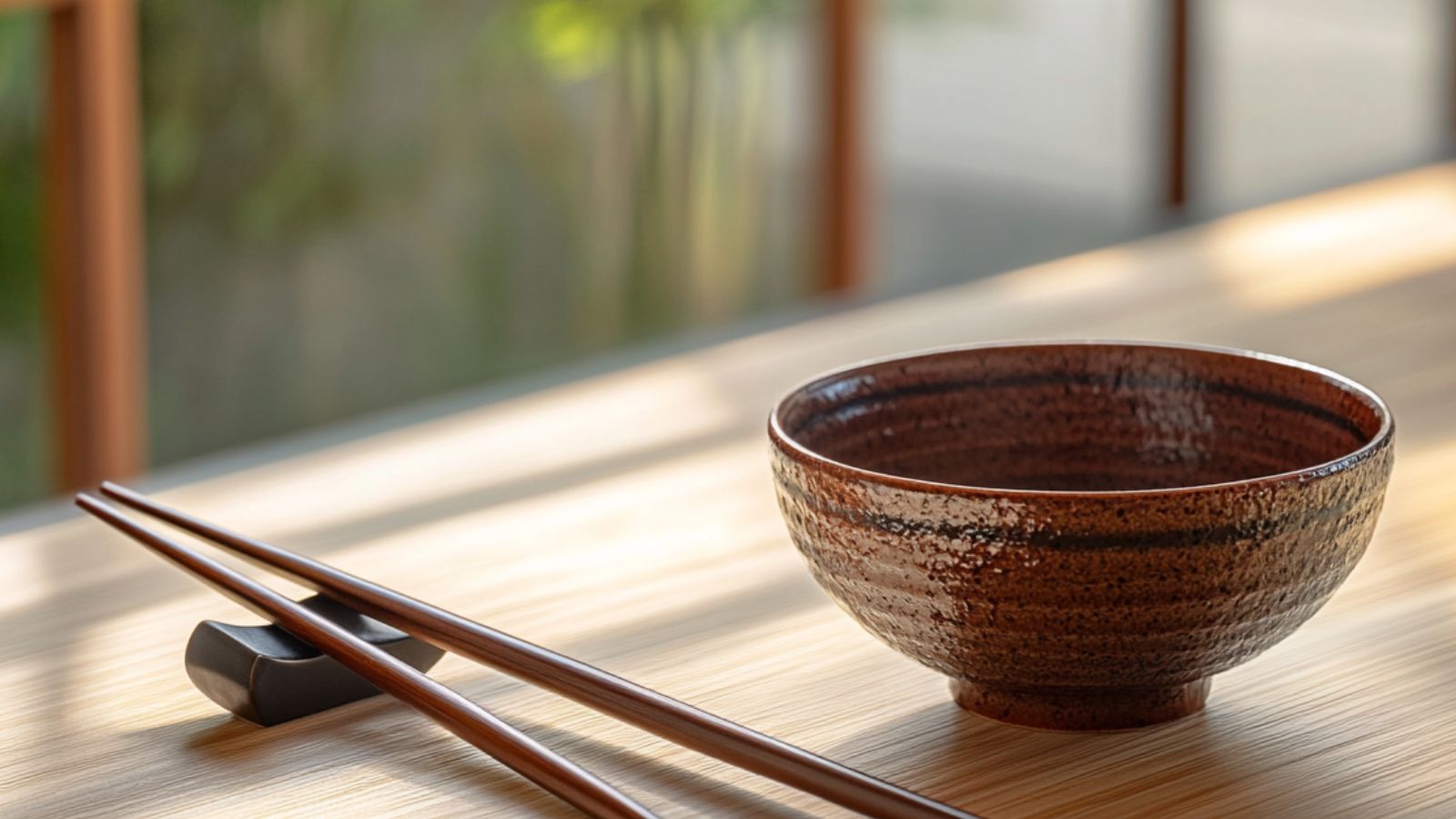



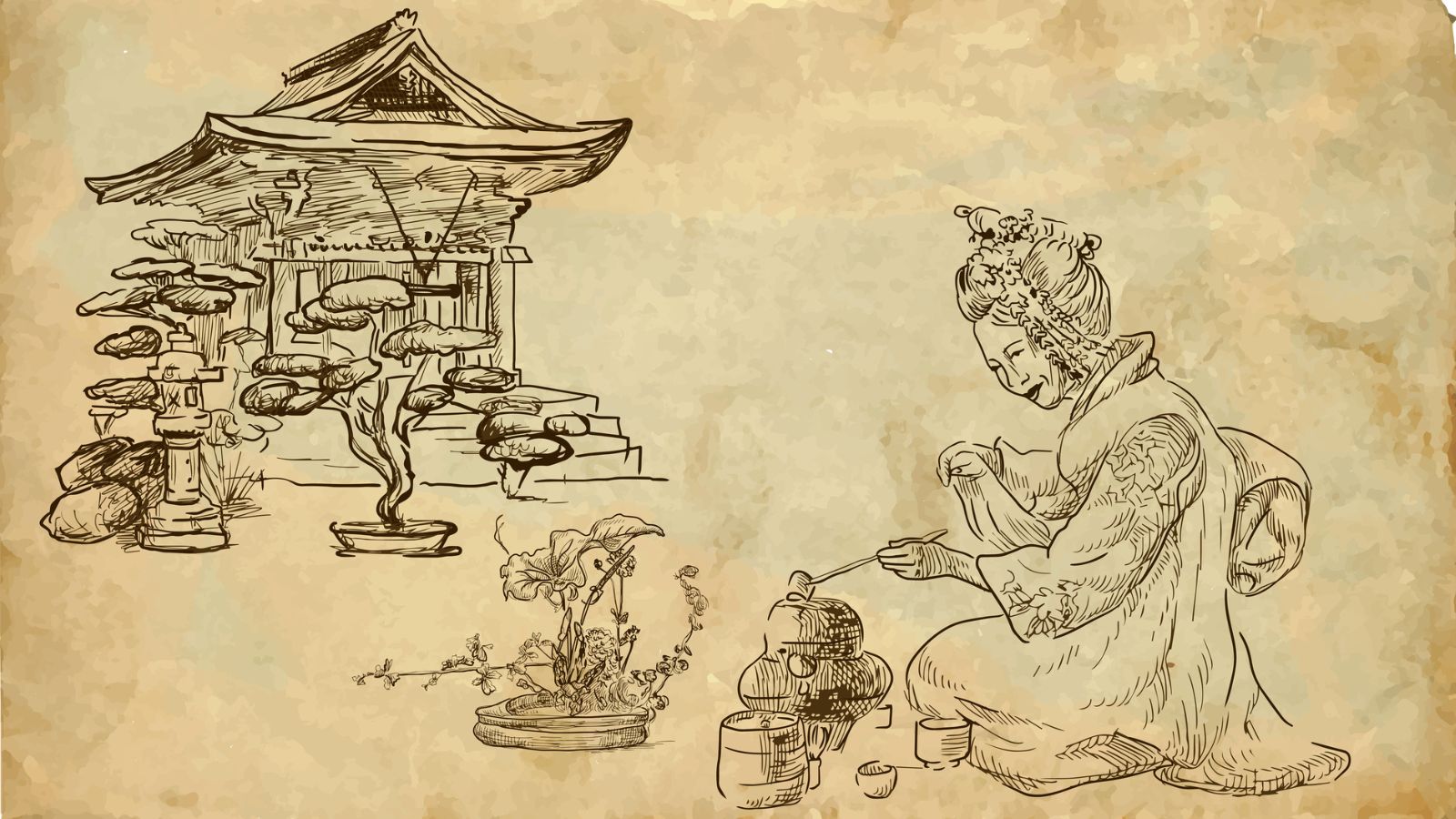
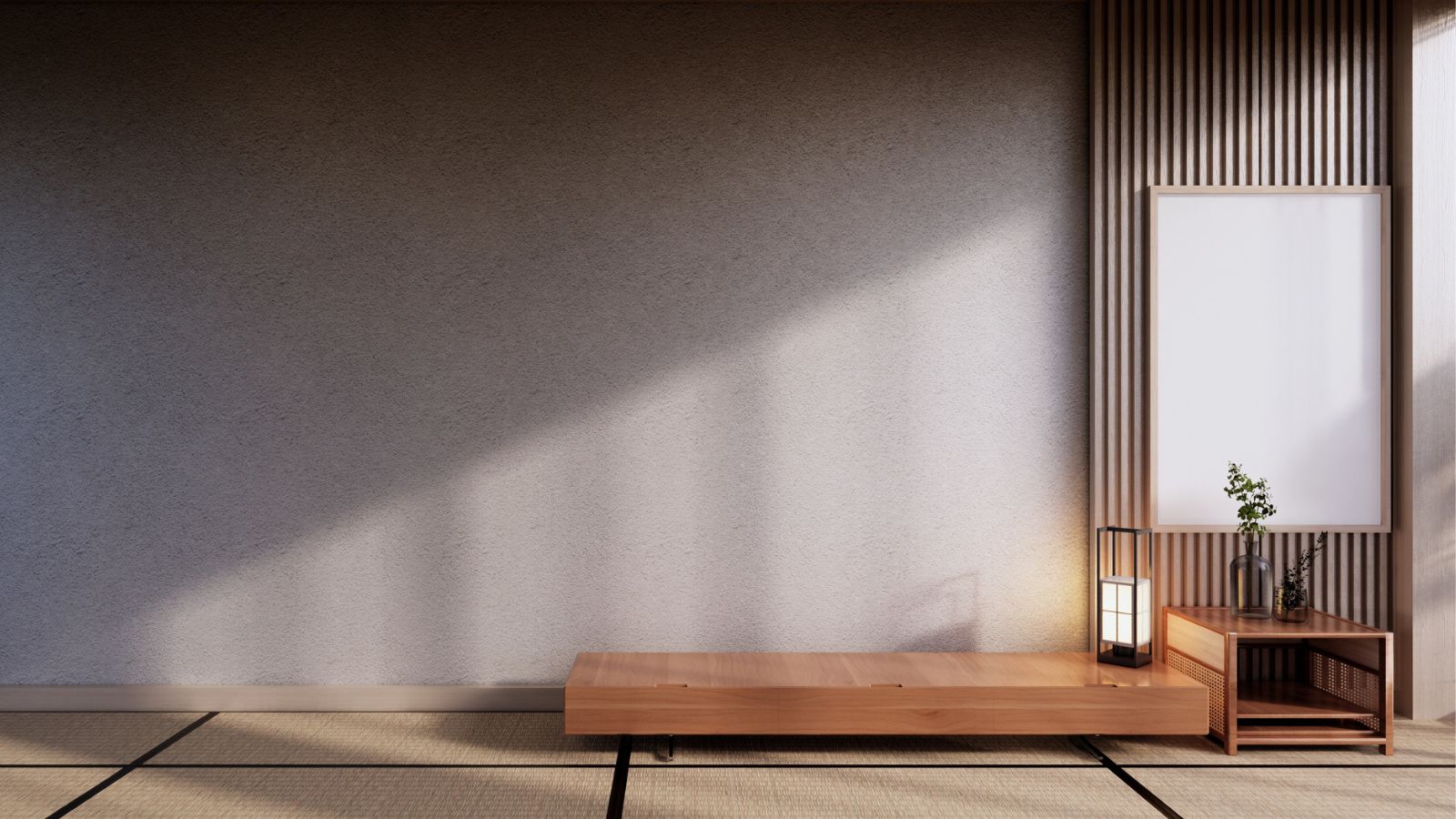

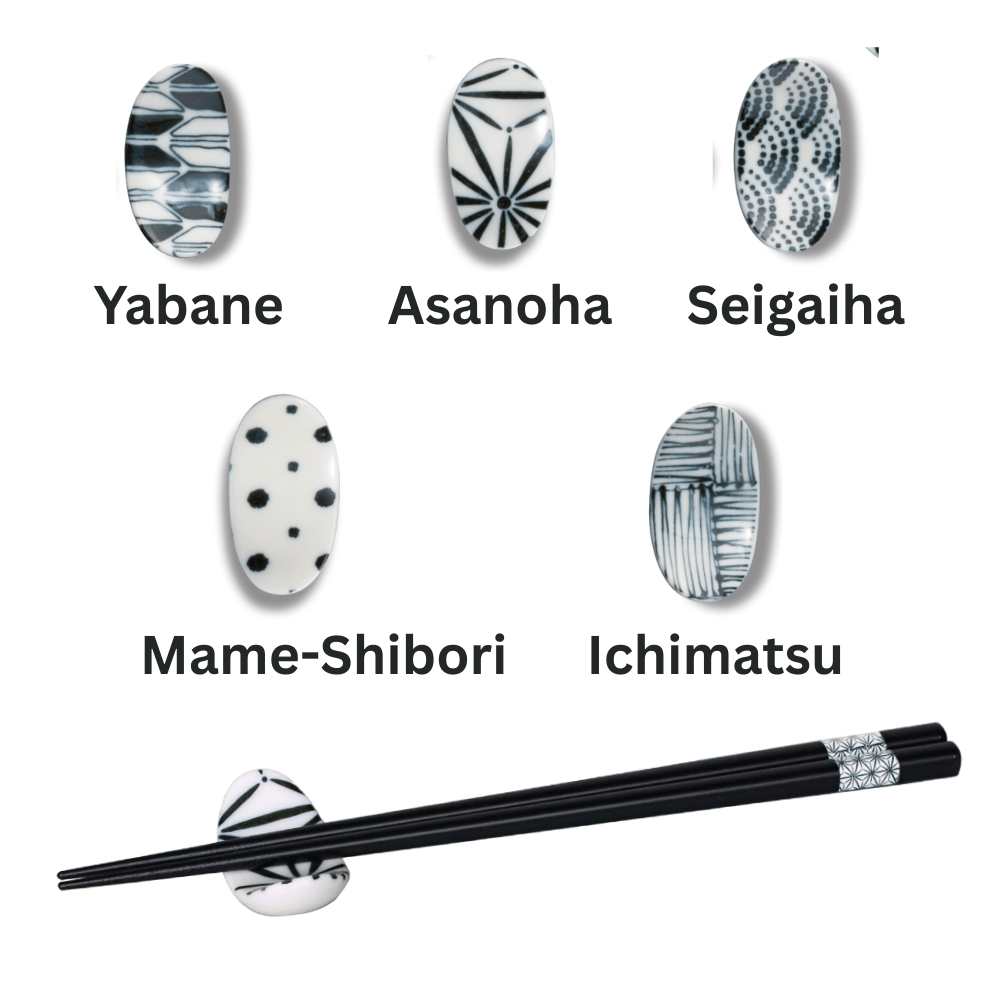
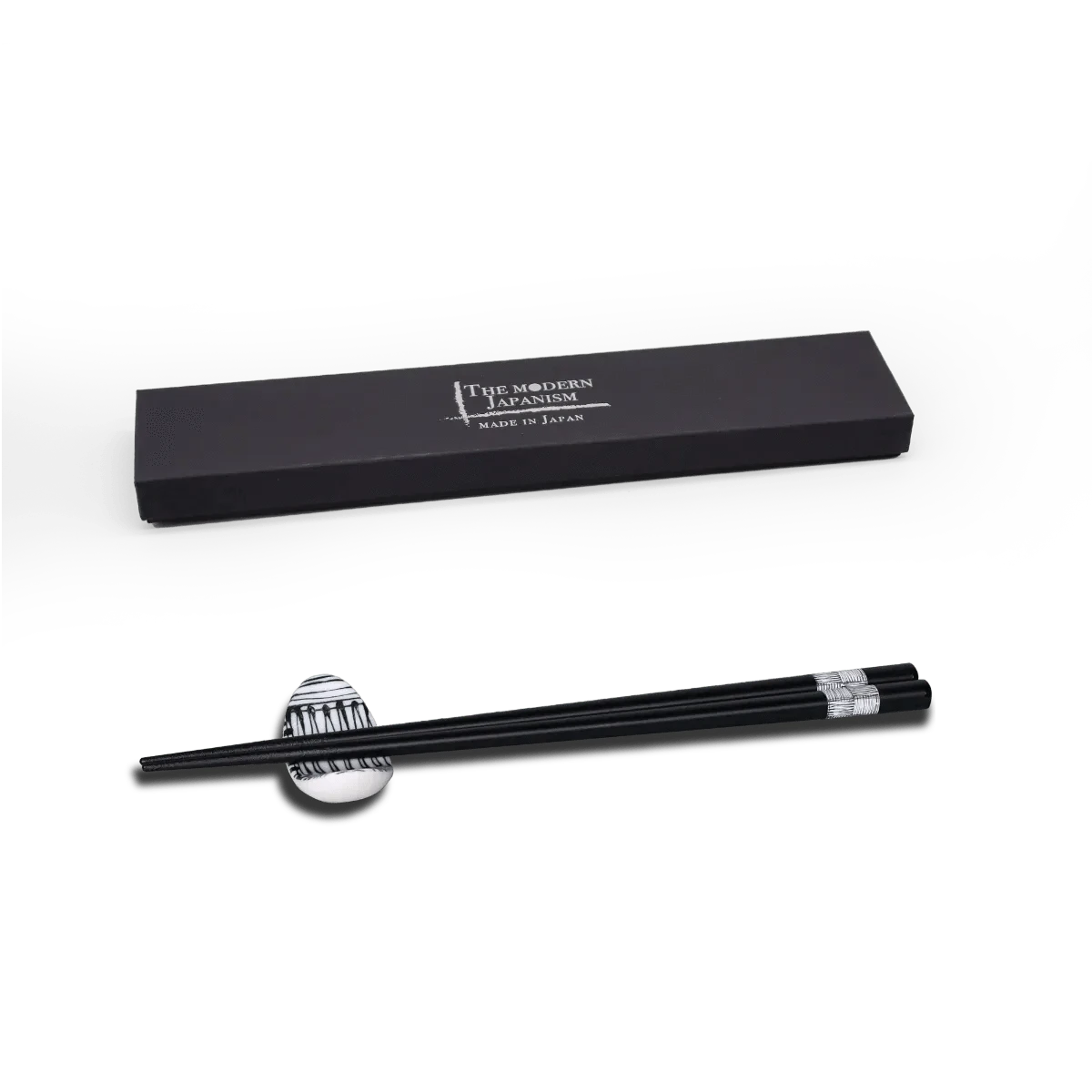
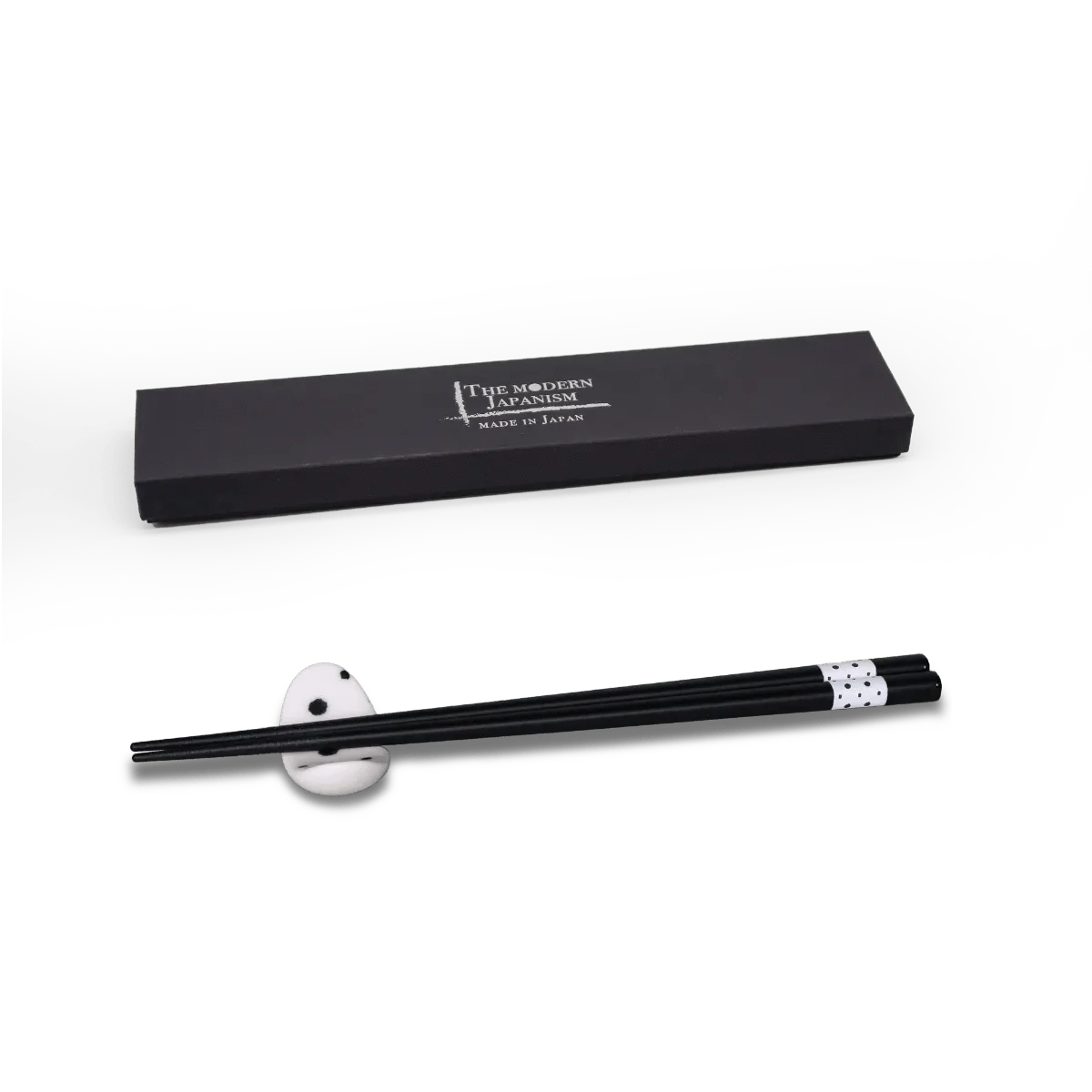
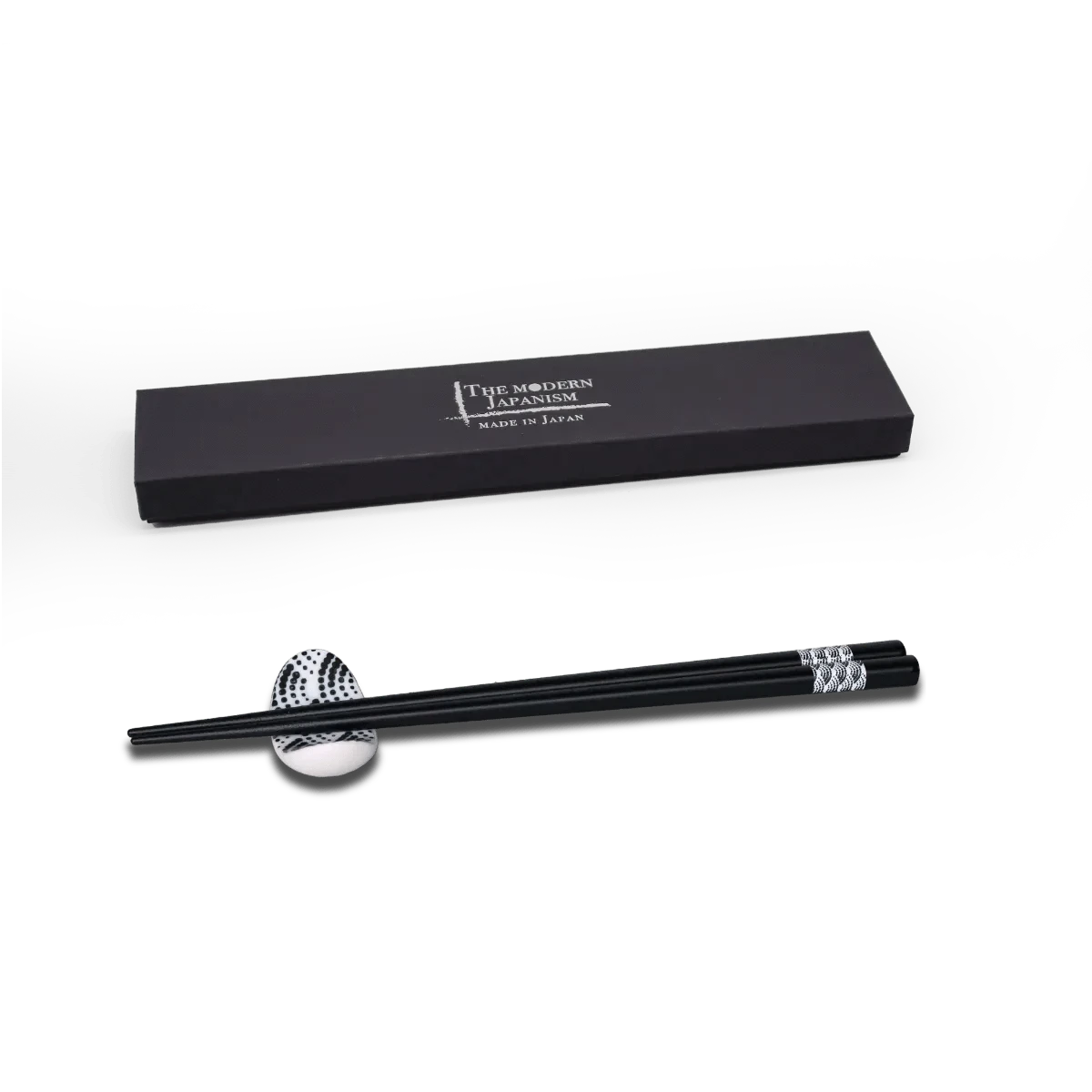
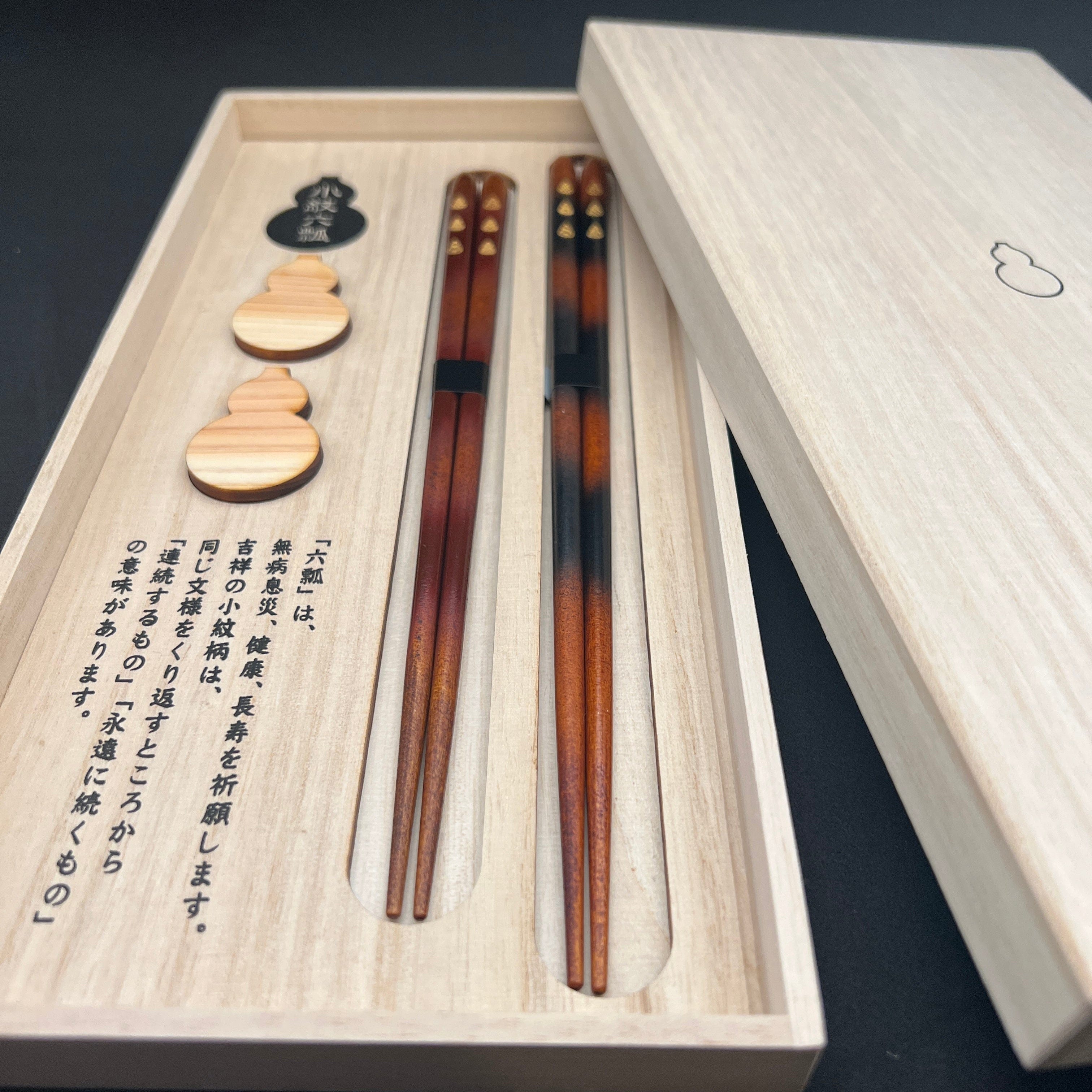

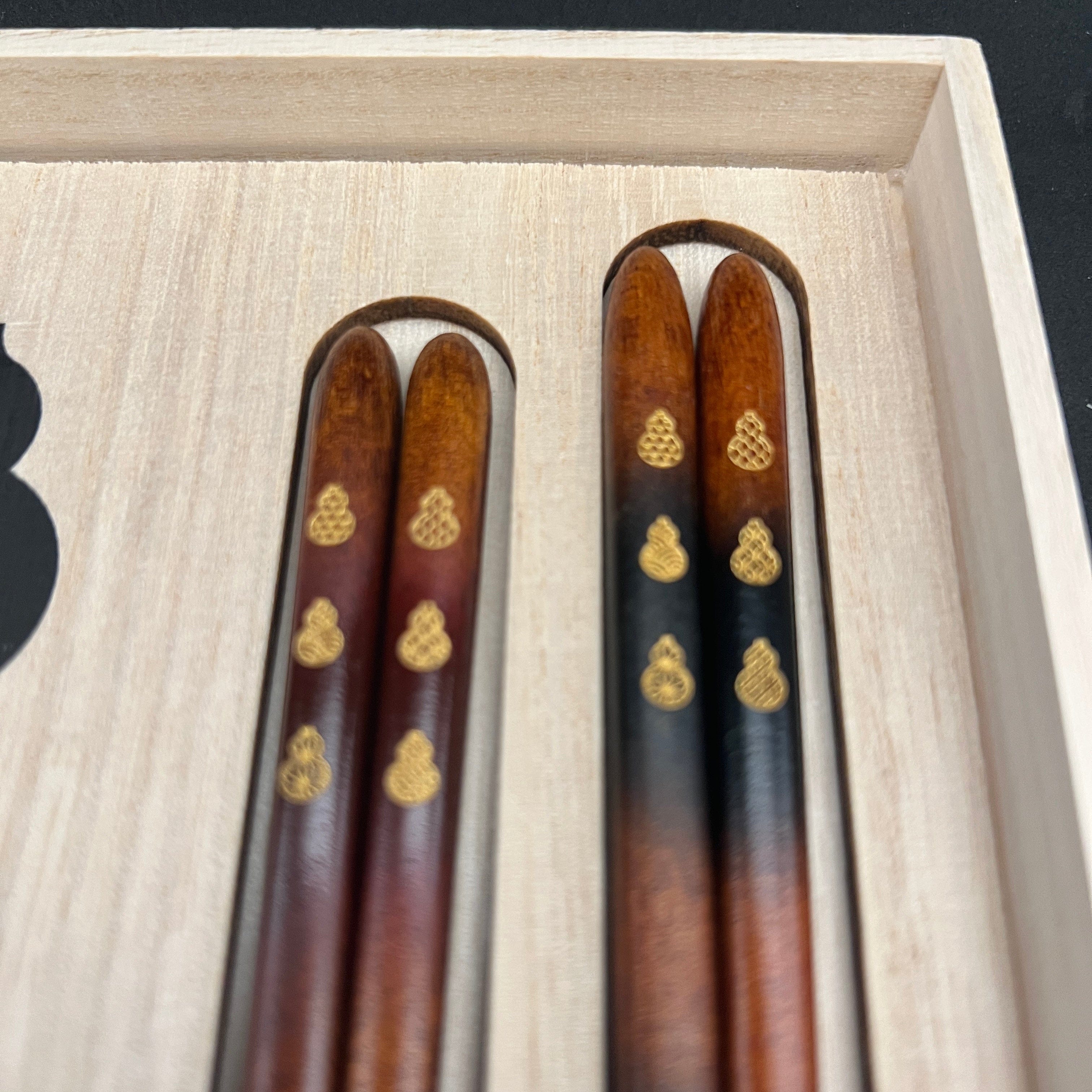
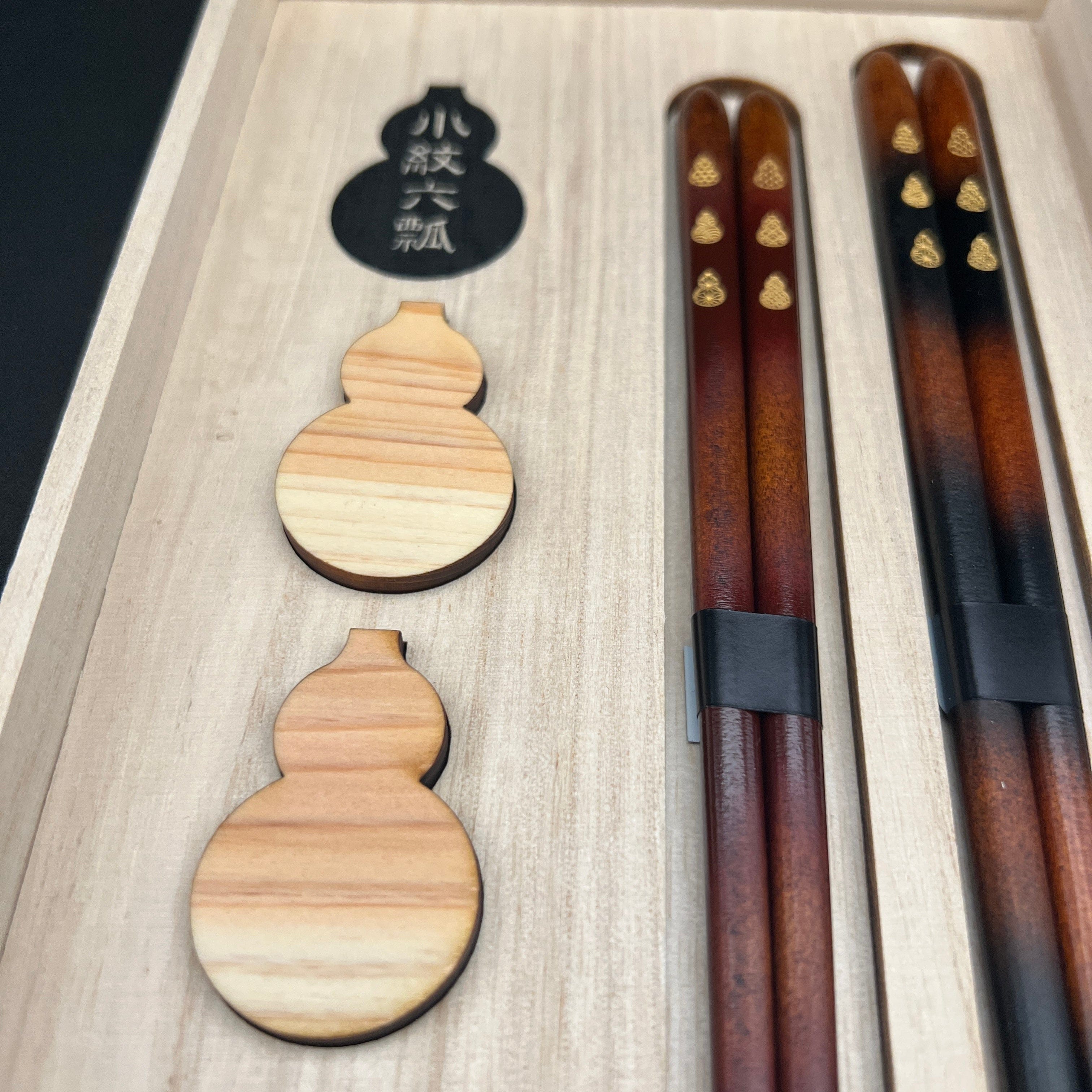
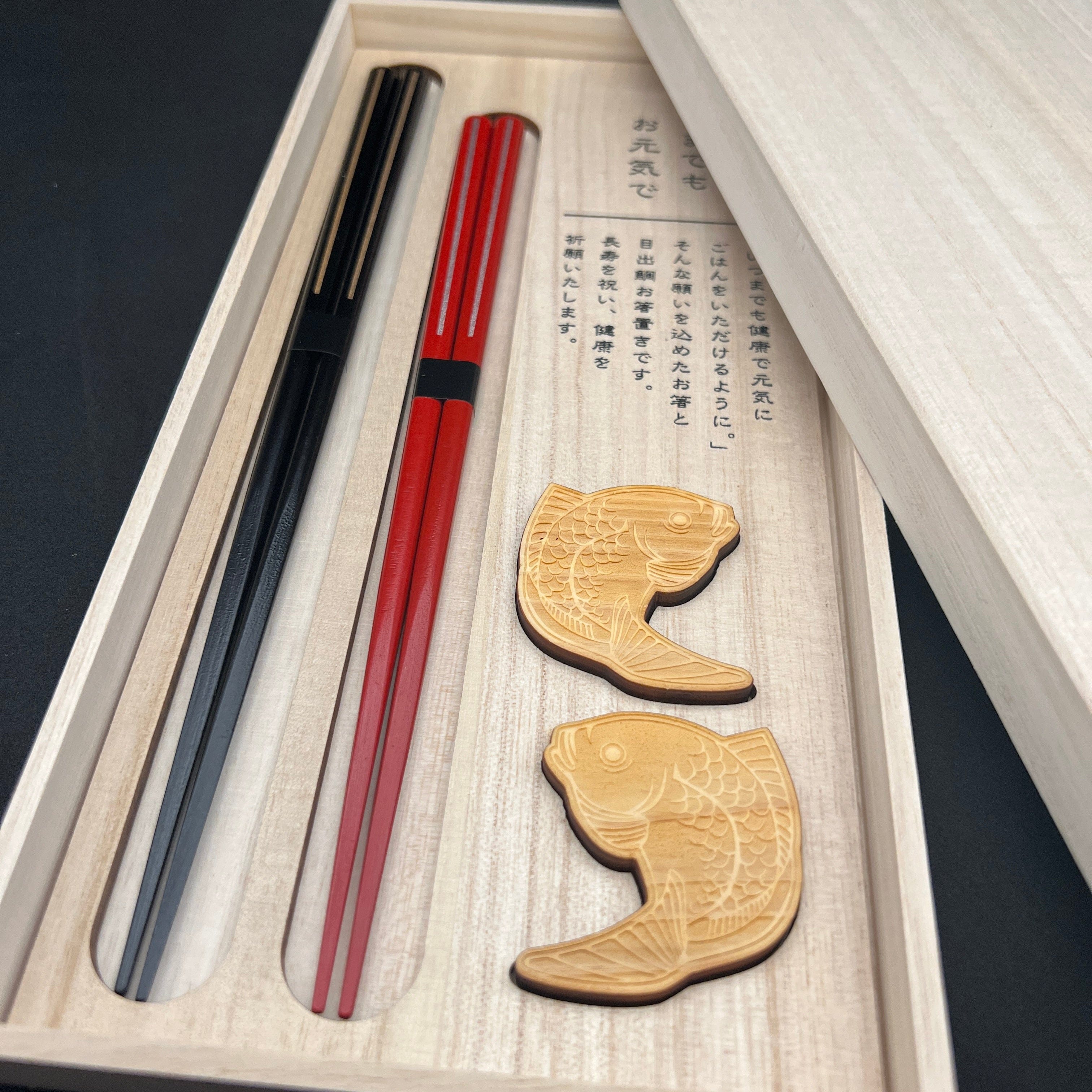
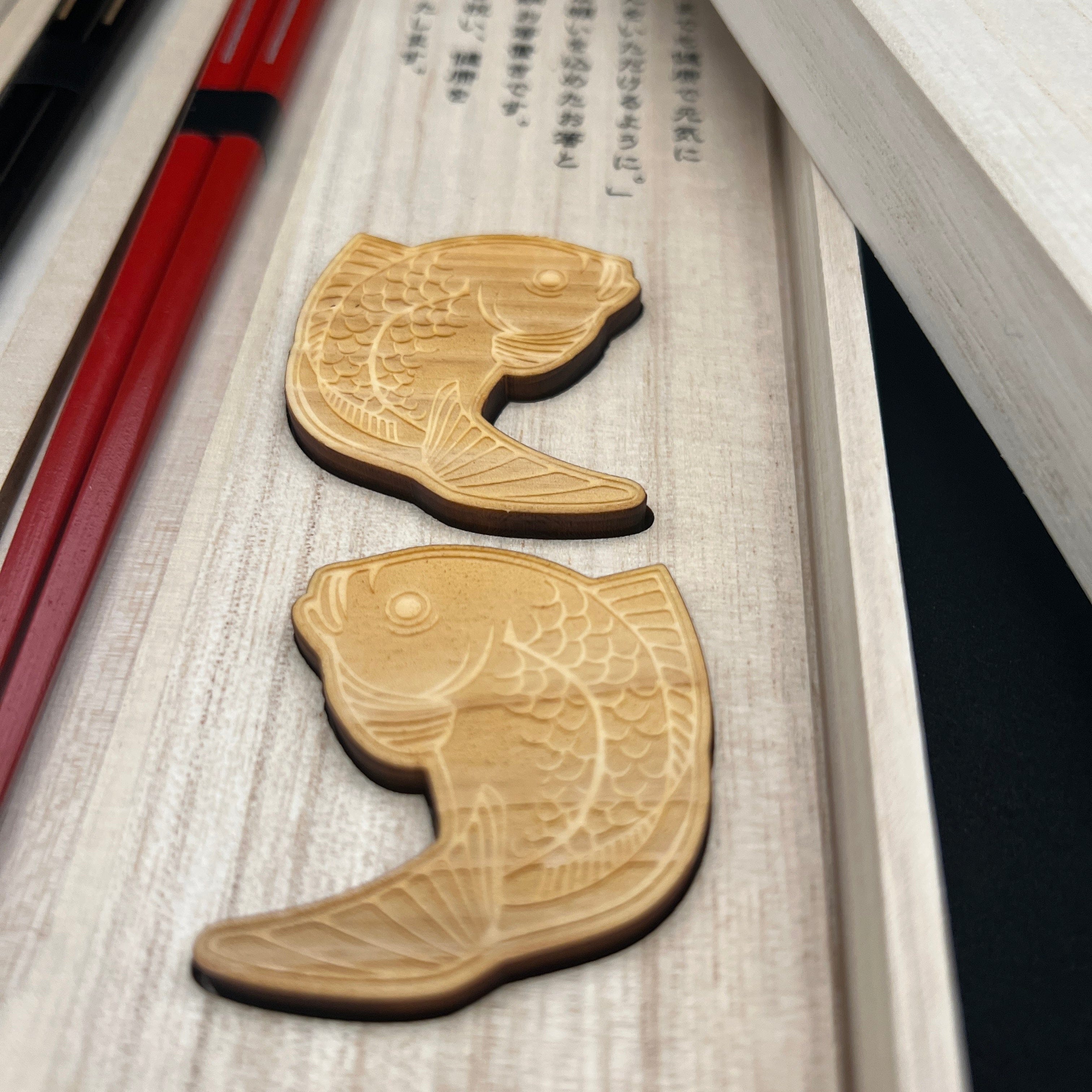
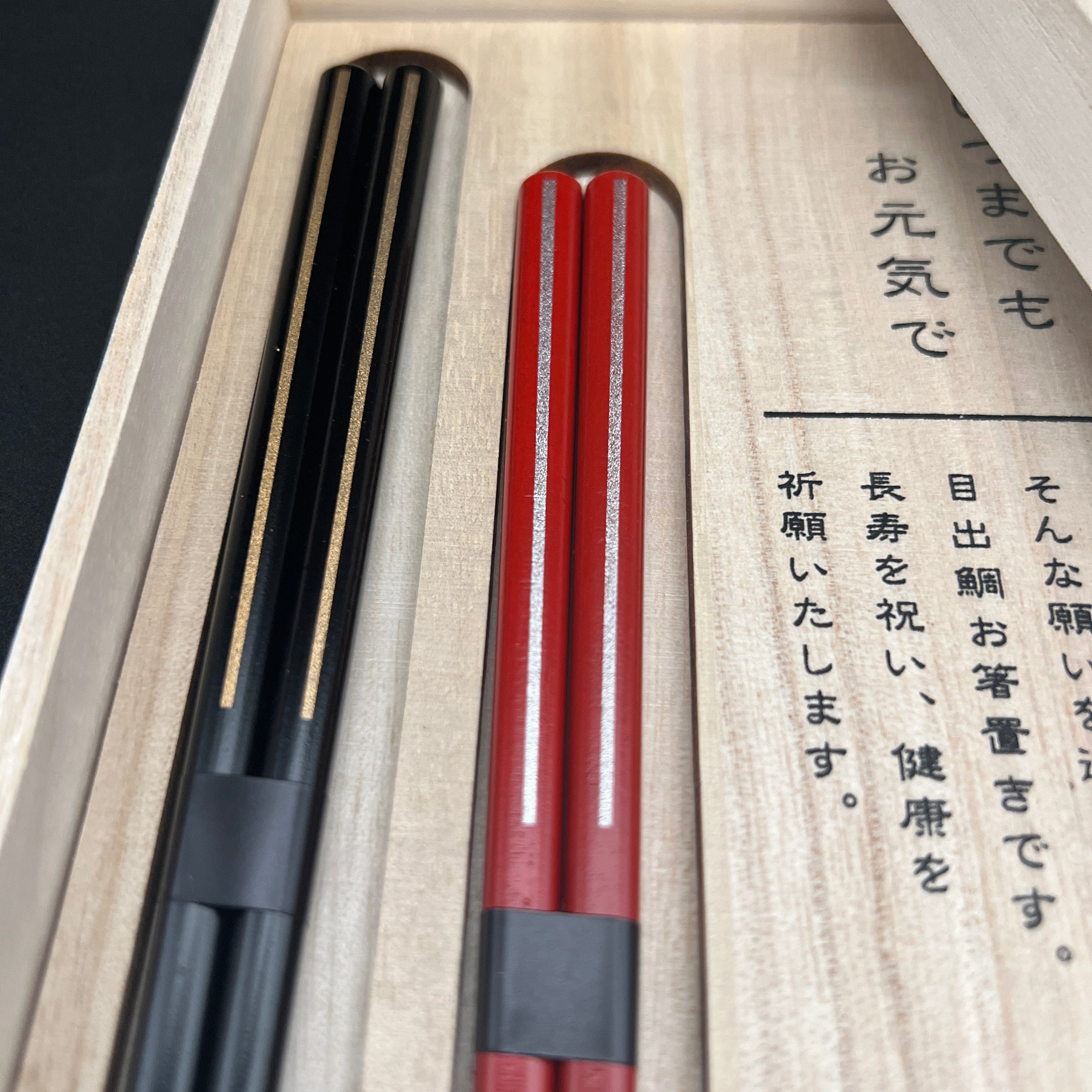
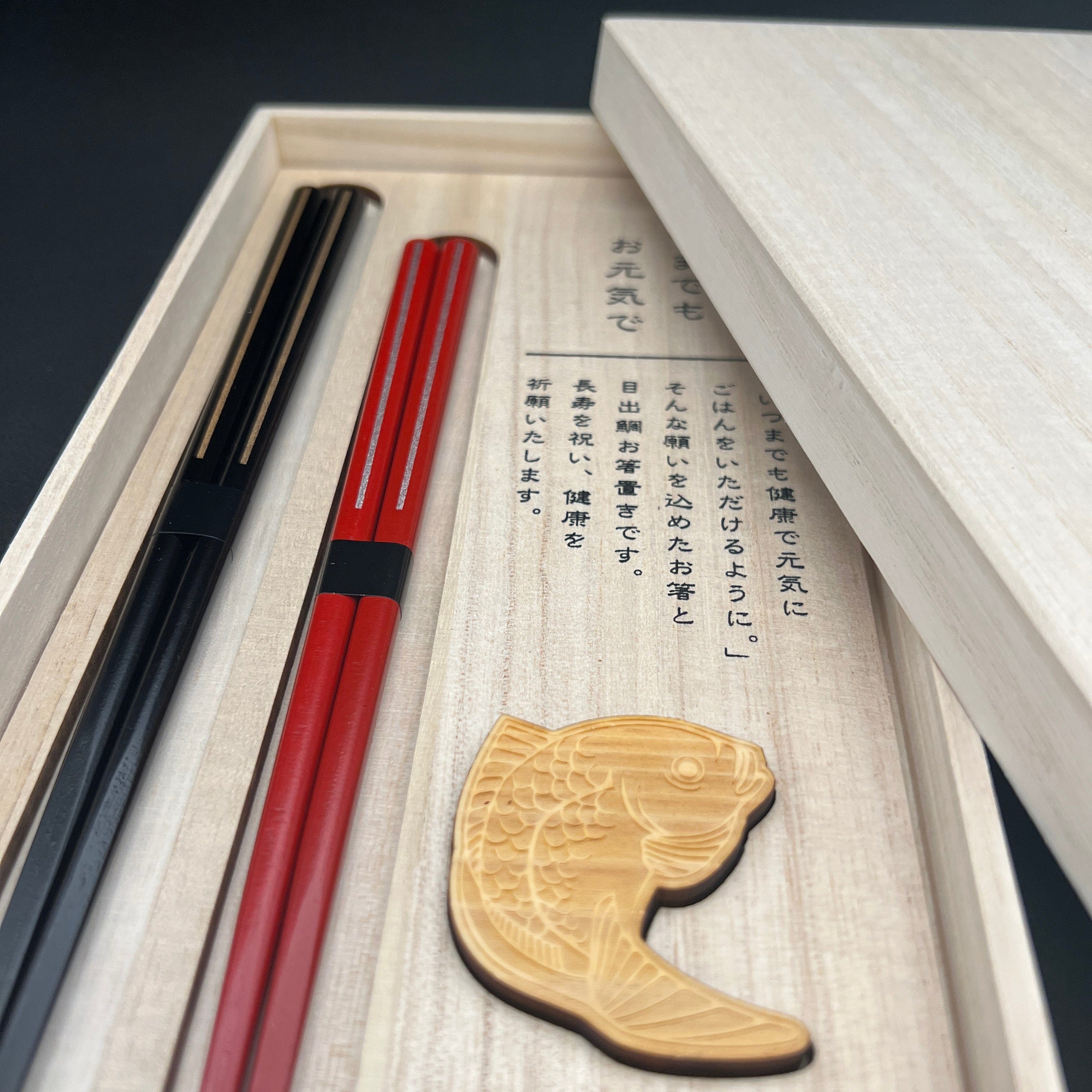
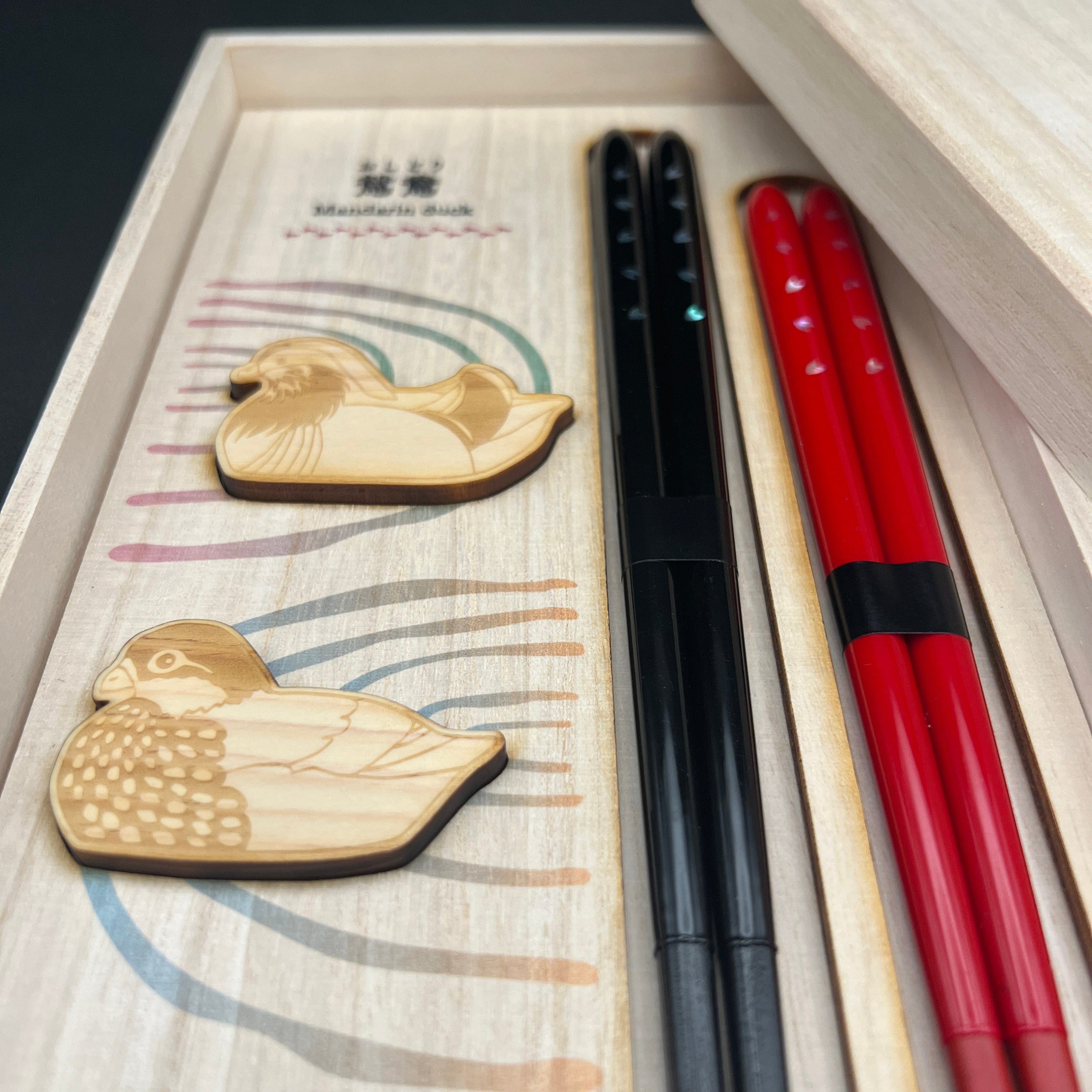
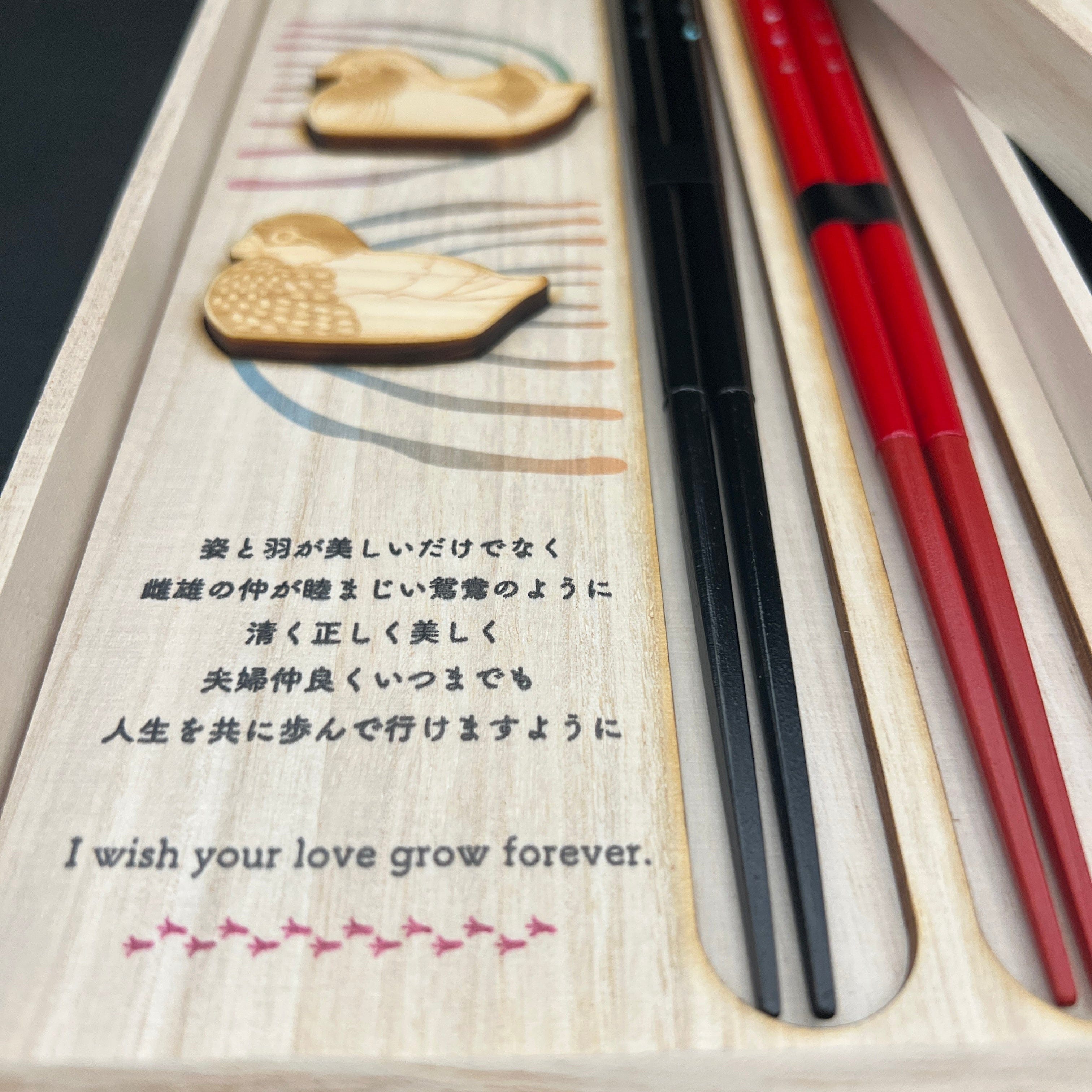

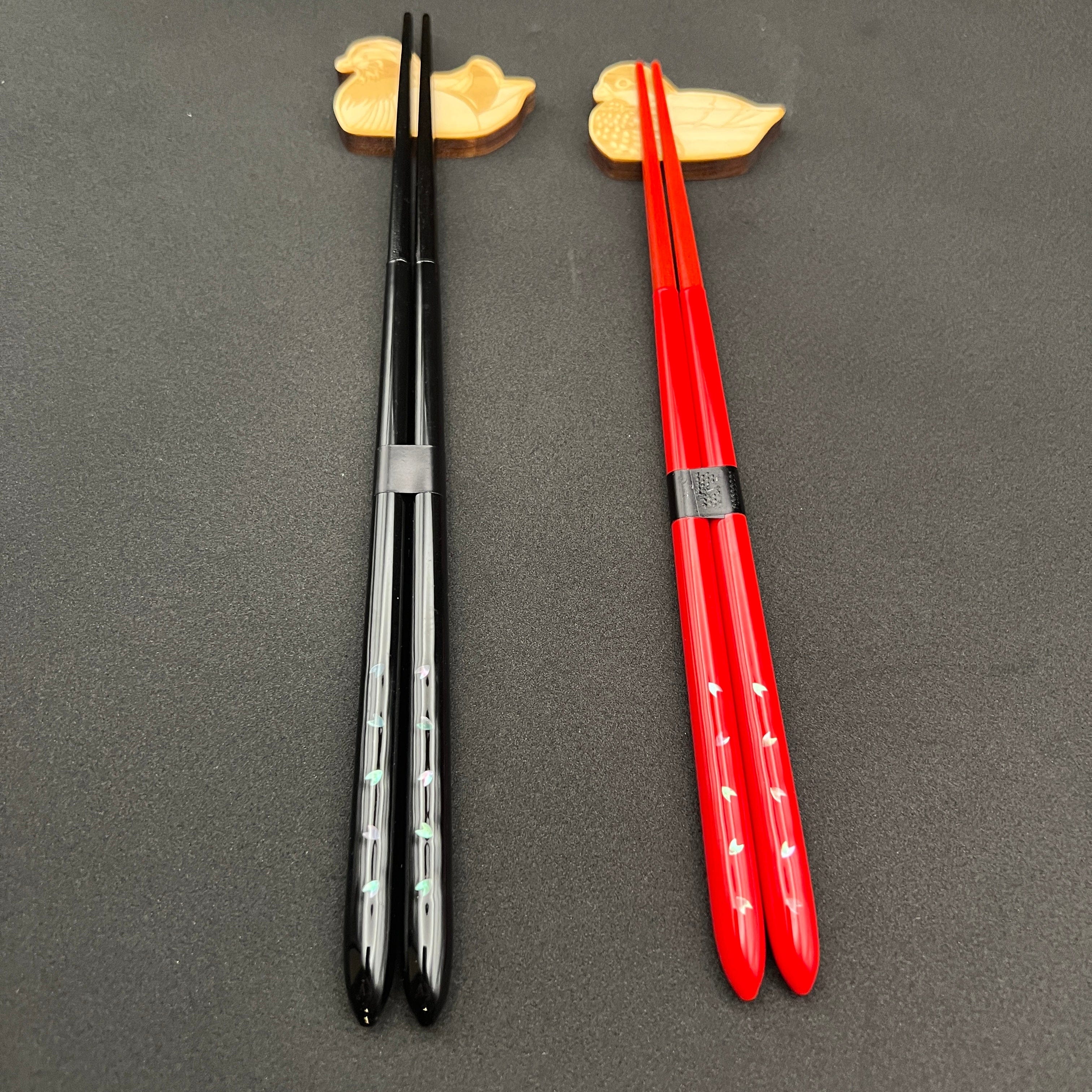
![Shiawase no Hidamari Chopsticks and Temari rest pair set [Happiness in the Sun] Shiawase no Hidamari Chopsticks and Temari rest pair set [Happiness in the Sun] - Japanese Chopsticks | MyJapaneseWorld](http://myjapaneseworld.com/cdn/shop/files/shiawase-no-hidamari-chopsticks-and-temari-rest-pair-set-happiness-in-the-sun-japanese-chopsticks-myjapaneseworld-1159413536.jpg?v=1745817619&width=3024)
![Shiawase no Hidamari Chopsticks and Temari rest pair set [Happiness in the Sun] Shiawase no Hidamari Chopsticks and Temari rest pair set [Happiness in the Sun] - Japanese Chopsticks | MyJapaneseWorld](http://myjapaneseworld.com/cdn/shop/files/shiawase-no-hidamari-chopsticks-and-temari-rest-pair-set-happiness-in-the-sun-japanese-chopsticks-myjapaneseworld-1159413535.jpg?v=1745817617&width=3024)
![Shiawase no Hidamari Chopsticks and Temari rest pair set [Happiness in the Sun] Shiawase no Hidamari Chopsticks and Temari rest pair set [Happiness in the Sun] - Japanese Chopsticks | MyJapaneseWorld](http://myjapaneseworld.com/cdn/shop/files/shiawase-no-hidamari-chopsticks-and-temari-rest-pair-set-happiness-in-the-sun-japanese-chopsticks-myjapaneseworld-1159413534.jpg?v=1745817614&width=3024)
![Shiawase no Hidamari Chopsticks and Temari rest pair set [Happiness in the Sun] Shiawase no Hidamari Chopsticks and Temari rest pair set [Happiness in the Sun] - Japanese Chopsticks | MyJapaneseWorld](http://myjapaneseworld.com/cdn/shop/files/shiawase-no-hidamari-chopsticks-and-temari-rest-pair-set-happiness-in-the-sun-japanese-chopsticks-myjapaneseworld-1159413533.jpg?v=1745817610&width=3024)
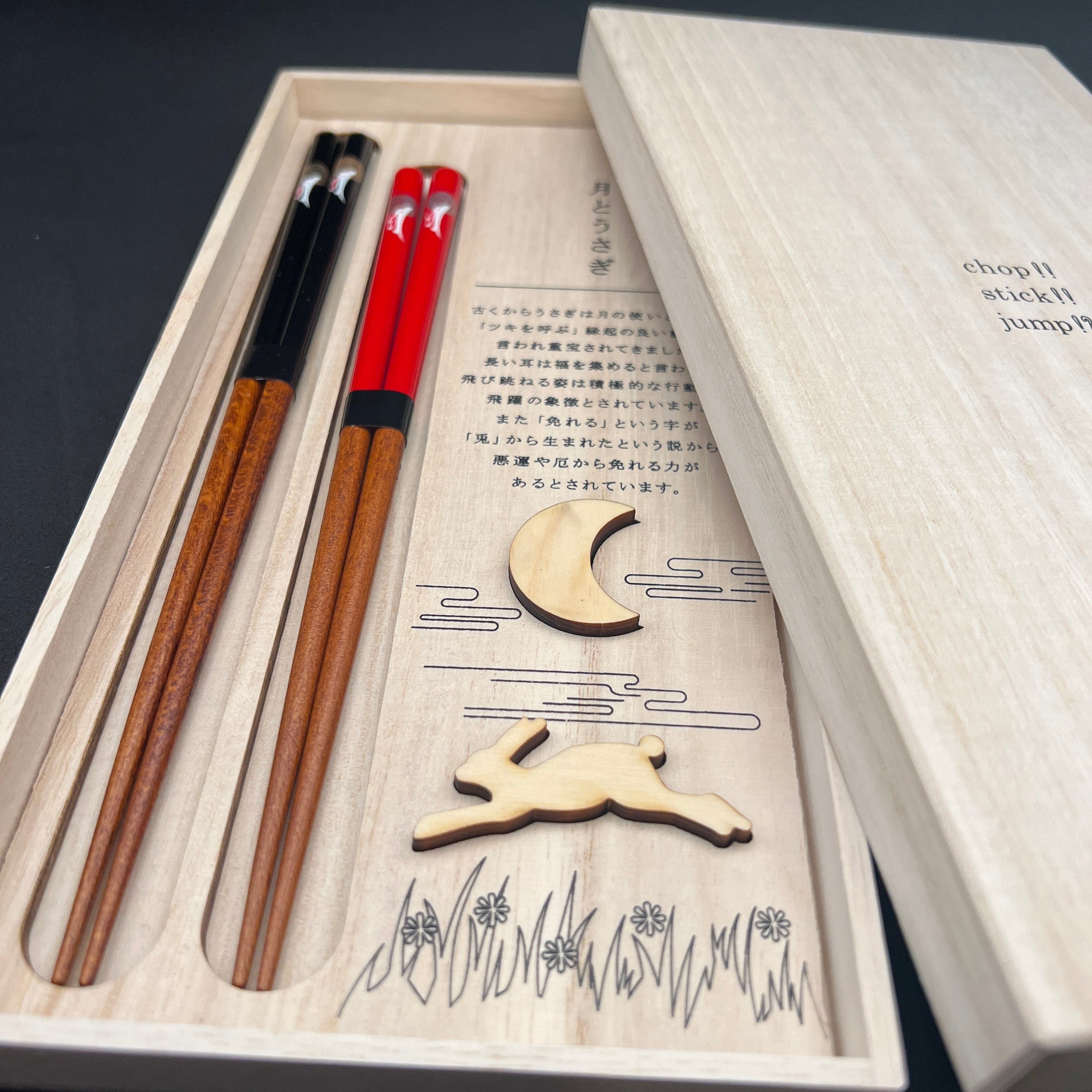
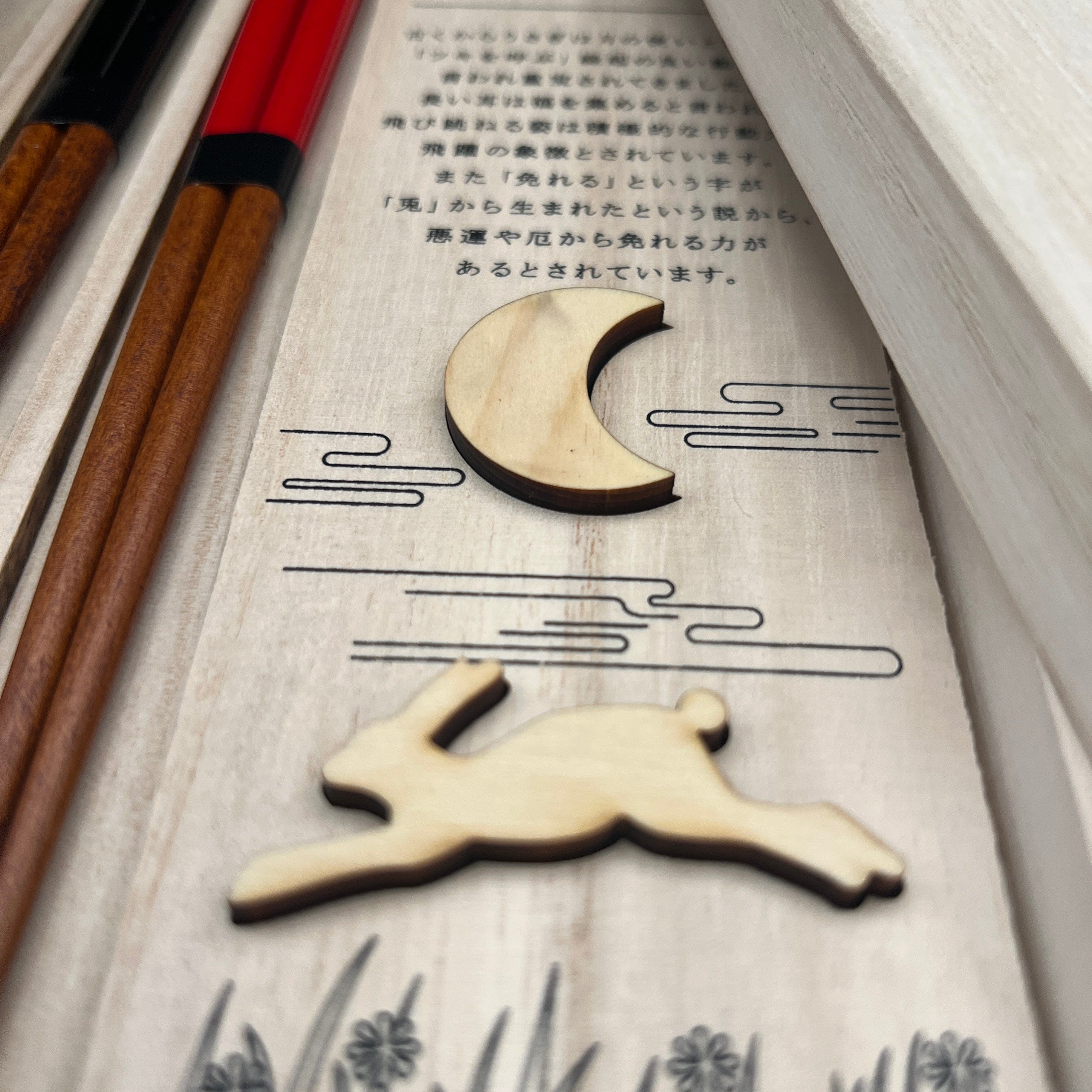
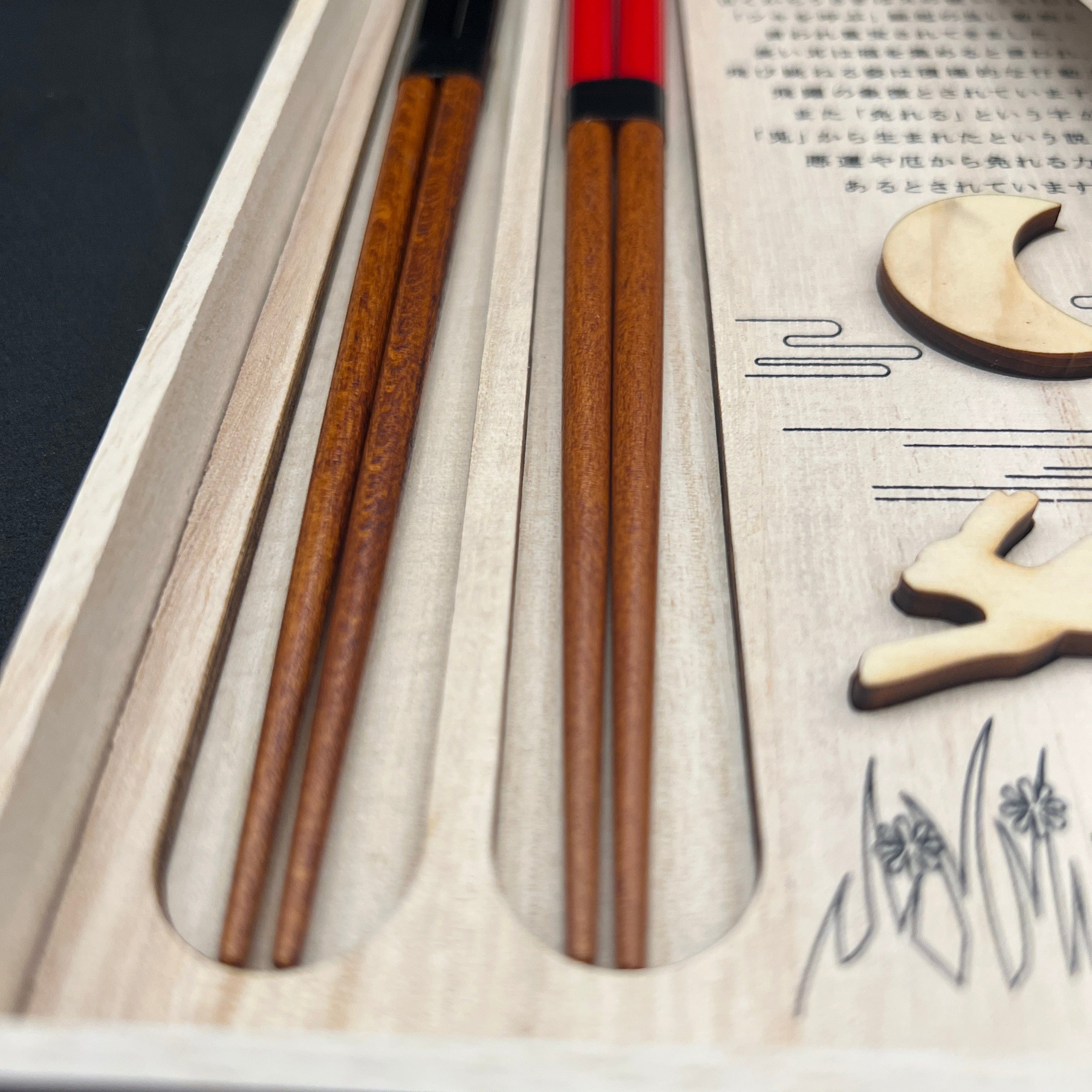
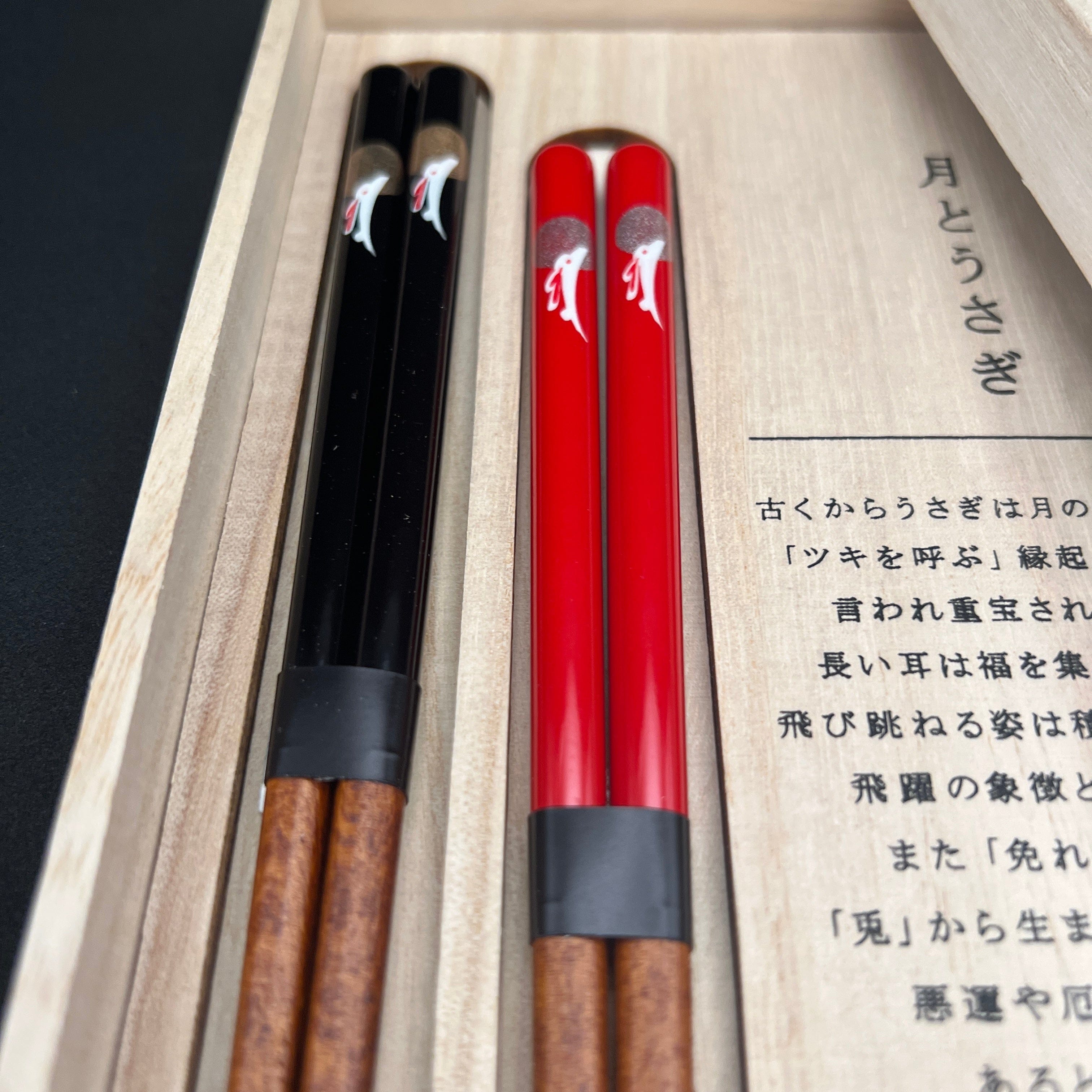
Share: